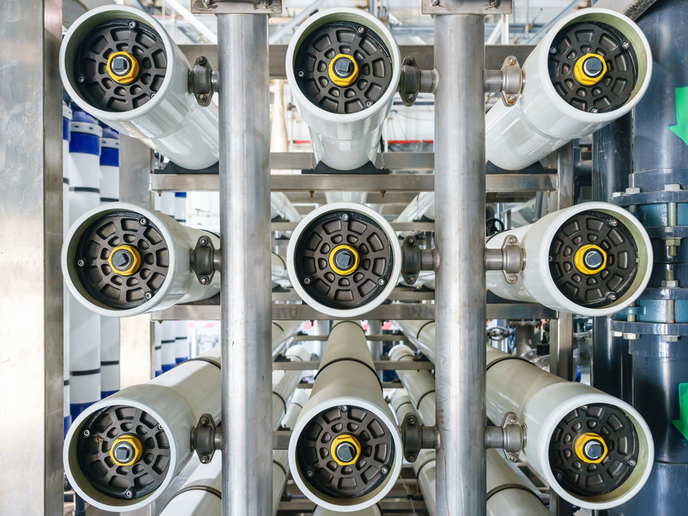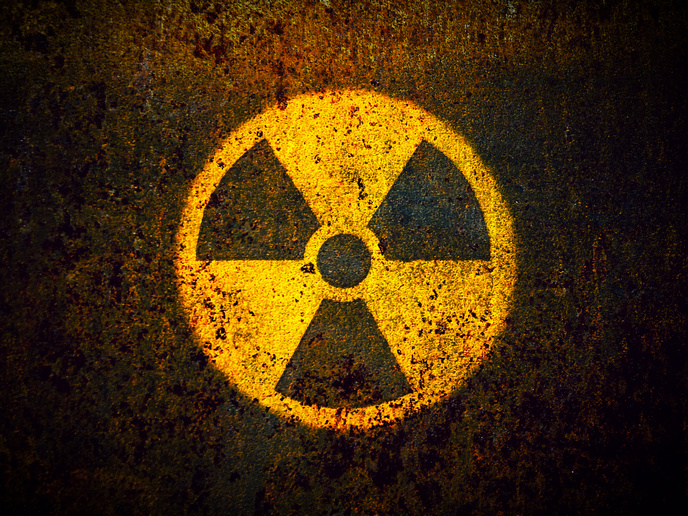Review of excavated disturbed zones around nuclear waste sites
Waste produced through the generation of nuclear power can remain hazardous for thousands of years. The most favoured management solution is underground storage in deep clay formations. A performance assessment was carried out by the SELFRAC project into the long-term fate of radioactive waste residing within geological repositories. The assessment involved an evaluation of the Excavation disturbed zone (EDZ), changes to which may result in increased permeability due to a proliferation of cracks in the surrounding rock. However, permeability can be reduced over time due to the self-healing properties of the clays. The aim of the SELFRAC consortium was to investigate and quantify this process in two different geological formations. These were the Opalinus clay of Mont Terri in Switzerland and the Boom clay in northern Belgium. The presence of the EDZ may result in changes to the mechanical characteristics of the rock adjacent to the underground tunnels. Following the closure of the disposal tunnels the system becomes saturated with water. This can cause the backfill material, made up of the hardened clay (bentonite), to swell and speed up the sealing process of the fractures. Saturation can also lead to an increase in stress because of the thermal expansion of solids and flowing water, and a reduction in strength. This process may result in a further increase in the size of EDZ. However, heating may also facilitate creep rates in the host rock, accelerating the closure of open fractures and decreasing the impact of the EDZ. Results indicated that the EDZ had little impact on the release of radionuclides. The EDZ may be an area of relatively high permeability for a time, but a more detailed evaluation is required to determine whether it can transport pollutants to the environment. The question whether a zone of high permeability surrounded by an area of low permeability in the EDZ is sufficient to alleviate the negative impact to the waste repository remains open.







